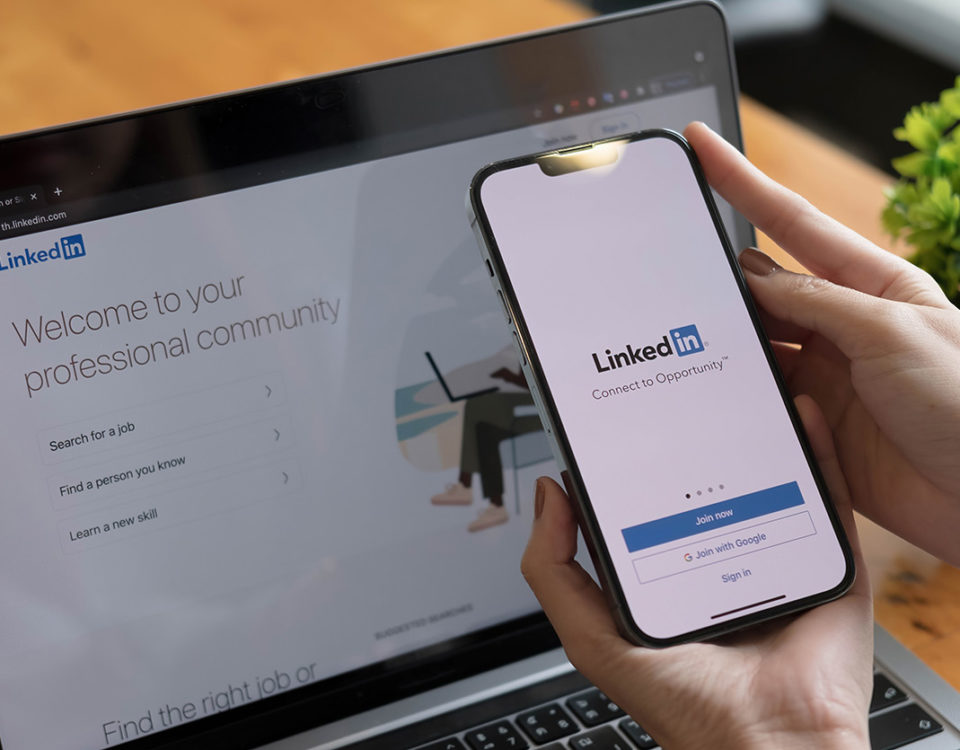What’s Your Value Proposition?
March 1, 2017
You Need to Stop Relying on your Great Services as your Core Competitive Differentiator
June 1, 2017Leverage the Five Key Global Economic Trends in 2017 to Drive Cloud Adoption
Cloud adoption across industries is being driven by many internal and external factors. Vertical industries experiencing significant disruption are prime opportunities for cloud adoption. What does disruption look like? High merger and acquisition activity, increased competition, new compliance requirements, changes in regulation, political instability (yes the Trump factor – the comedy industry has had a huge boost, shows/comedians have had a boost of min 10%, up to 147%!)
Here is a quick summary of some of the key global economic trends that will affect many of your clients’ business in 2017. What can you offer to help your client mitigate the impacts of these upcoming changes?
China is slowing down
If your customers are the mining or manufacturing industry then this one is for you.
As a result of demand waning for steel, China’s steel production has been stagnant or decreasing since early 2014. In turn, iron ore prices have dived from $128/ton in 2014 to $56/ton in 2016. Well what does that mean for you? Mining companies, your customers, are planning to stop mining for iron ore and coal and, instead, look to copper, diamonds and platinum for sources of growth. As an important side note, these changes represent plans to sell or shut down approximately 65 percent of current activities. This means significant change which may trigger the need to move to the cloud, post transition.
Oil and Gas and Healthcare industry filing for Bankruptcy
While most of North America is experiencing positive economic growth, two key sectors find themselves filing for bankruptcy. With its plummeting oil prices, the oil and gas industry has increased its share of large commercial bankruptcy filings from 1 percent in 2014 to 17 percent in 2016. Consequently, your customers are desperate for certainty in an environment of chaos and frequent liquidation. Now, more than ever, your customers need an enterprise system that can help them plan for risks.
The healthcare industry is also experiencing drastic bankruptcy rates (Bankruptcy filings are now three times the levels seen between 2010 and 2013). Why? It’s a combination of reimbursement cuts and hospitals not meeting the demand for more outpatient solutions. How do you fit in? As an expert in CRM and ERP, solutions, you will now have new opportunities to expand your expertise and tailor new functionality to address the need for outpatient management.
Internationalization of Retail
While two thirds of the world’s top retailers have foreign operations in an average of ten countries, domestic retail brands still generate the most revenue. For example, international brands comprise only 4 percent of U.S. and Japanese retail revenues. Nevertheless, brands still push to expand their borders only to realize too late that their brand values don’t translate in foreign markets. Brands are learning the hard way that they cannot be successful everywhere and must focus on markets where their business model resonates with consumers. But, this doesn’t mean companies are staying put. For example, although Home Depot failed in China, Home Depot has seen strong growth in Mexico and Canada.
Why should you care? When companies find that sweet spot (or market) where their business model works, they need an ERP solution that will scale across borders and allow them to be agile enough to respond to the specific local needs of each market.
Malls are closing shop
Hundreds of malls are closing across the U.S. with the rise of online shopping and change in consumer preferences for experiences rather than material purchases. This means two things for two different industries. For the retail industry, companies are attempting to survive by getting leaner (more on this in the next section). If your target vertical is retail, closing down of stores is an emotional event – guaranteed to trigger the need for a new, lower cost cloud, more agile business solution. Its the perfect opportunity to flex your muscles and show how you can accelerate lean operations for your customers. Where there is fear, loss and risk, there is money for new technology to solve problems.
For real estate developers, this presents itself as an attractive opportunity to repurpose mall lots into spaces that will increase profit and utility for the surrounding community (i.e. schools, hospitals, residential housing). Needless to say, real estate developers will be looking to the construction industry (your customers) to renovate these properties. Smells like project management, stakeholder management (CRM) and more to me.
Businesses are slimming down with social media and apps
Brands are slimming down by moving from brick and mortar to digital commerce. More specifically, companies are targeting their customers through apps. Check out these stats:
- 50 percent of Millennials say social media influences their purchase decisions
- 79 percent of smartphone owners have used their phones to shop
- 84 percent of these shoppers use their devices in-store to shop
- Beacon campaign click-through rates are 10 to 30 percent more effective than email campaigns
- Conversion is three times more likely to occur in apps than in mobile/web
The smartest and savviest retailers are leveraging these trends in their marketing and sales strategy. These companies are applying one integrated strategy across all their channels: brick and mortar stores, social media channels, in-store mobile apps, beacons and retail apps. What’s the punch line? To ensure that their efforts are being rewarded, these companies need e-commerce and CRM software that can monitor and consolidate sales data from all these disparate channels. That’s where you come swooping in.
DOWNLOAD THE ORIGINAL REPORT
Want your website to be more emotional engaging to your vertical market? Try our free emotional engagement mini audit which will tell you if your website is resonating with your customers.
References
Trump Effect:
http://edition.cnn.com/2017/03/16/opinions/snl-trump-bump-comedy-obeidallah-opinion/ to drive
Content from this blog post was curated from Ken Frieze’s article “Moving Forward Through Change: Five Key Trends That Will Shape 2017”.
Ken Frieze is the CEO of Gordon Brothers, a global special situations firm that conducts valuations, dispositions, investments, and operations around the world.
Provided with permission from the publisher



